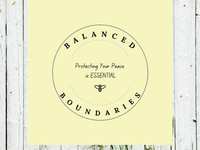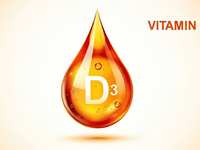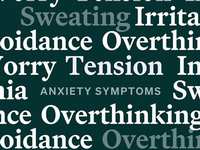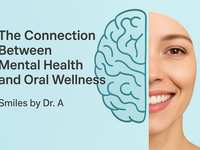- Categories :
- More
The Salad Dressing Nightmare
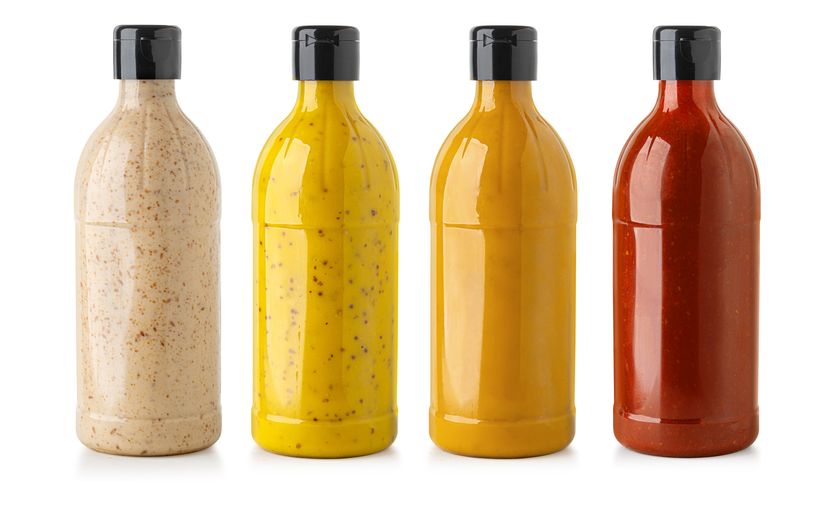
The nightmare begins when we have healthful intentions to eat a bowl of fresh salad and then top it off with a sabotaging salad dressing. Unfortunately, with rare exceptions, salad dressings on a salad bar, restaurant menu, or at the grocery store are a nightmare!
The number one offending ingredient in salad dressing is damaged seed oils. Most large producers of the most popular brands use inflammatory, damaged seed oils such as soybean, canola, or tainted blends that are unknown to the shopper. Damaged oils damage our cells and lead to toxicity and illness. They cannot nourish tissues, make new cells, repair, or detoxify the body. Rather, they are waste that must be stored or removed from the body, overtaxing the detoxification pathways. They are often stored as fat, and they can disturb the proper balance of HDL and LDL cholesterols in the body.
Salad dressings contain other concerning ingredients as well. The most common are genetically modified items, chemicals, and high-allergen ingredients. Specific examples include corn starch, gluten, monosodium glutamate (MSG), yeast extract, natamycin (mold inhibitor), Propylene glycol alginate, Polysorbate 60, and high fructose corn sugar. Sugar-free versions contain artificial sweeteners known to destroy the gut biome or cause cancer.
Fortunately, several companies are now building their reputations on clean salad dressing ingredients that are gluten-free, often organic, low in carbohydrate sugars, and do not contain genetically modified ingredients. Look for these brands:
- Bragg Organic Dressing & Marinade
- California Olive Ranch
- Primal Kitchen
- Sir Kensington
- Chosen Foods
- Simply Organic Dressing packets
Perhaps the most cost-friendly solution is making your own salad dressing at home. Here are six diverse recipes to make your salad a delicious, nutrient powerhouse.
Skip the Nightmare. Eat real. Be well.





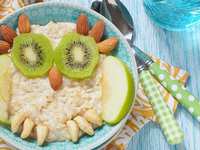
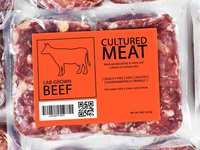

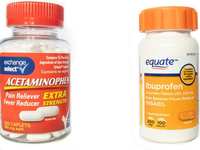
![Foods With The Most Microplastics [and what to do instead] Foods With The Most Microplastics [and what to do instead]](/images/blgs/398/artphotos/14698/200x150/031unnamed_9.jpg)

